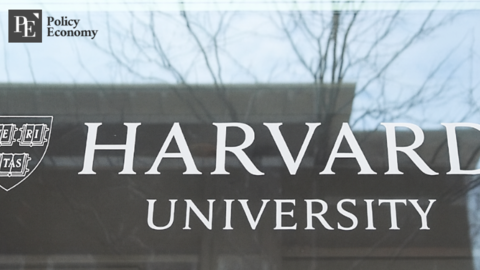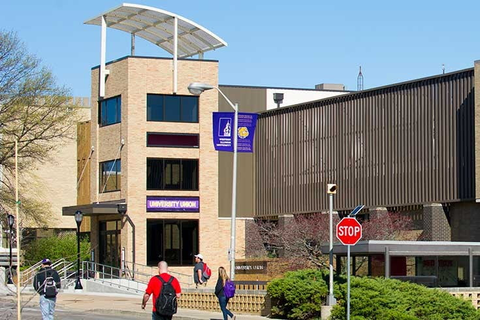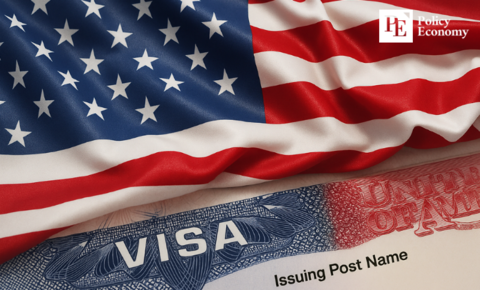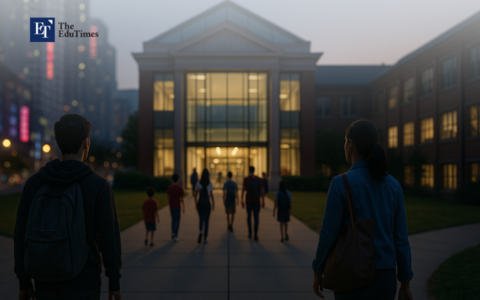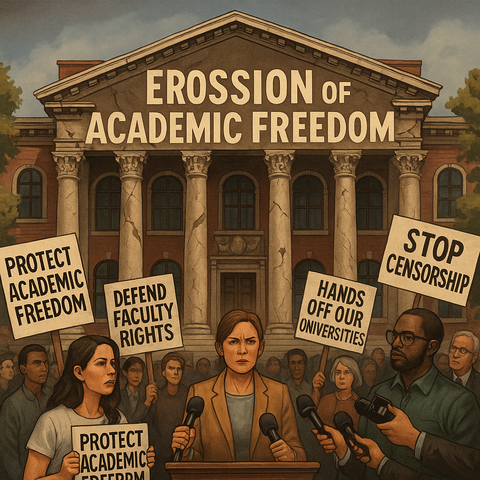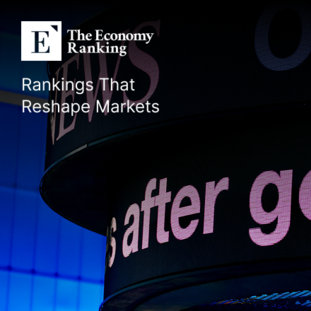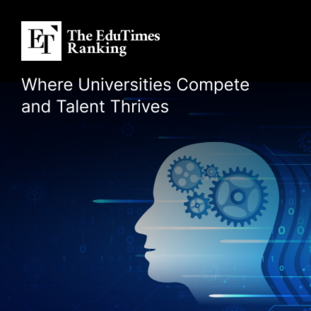Citing financial struggles, 54.2% of universities hike fees
Input
Modified
In 2009, South Korea implemented a tuition fee moratorium that was effectively mandatory for universities. Institutions that attempted to increase fees were subject to financial penalties to enforce this policy. The University of Seoul implemented the "half-price" tuition policy in 2012, which served to further solidify this policy. The tuition fee freeze and halving significantly reduced the university's annual cost to approximately 2.4 million won ($1,820), which is under the jurisdiction of the Seoul Metropolitan Government. This figure is substantially less than the national average of 6.8 million won. The policy was initially designed to alleviate the financial burdens on students; however, it has led to substantial financial challenges for universities. Numerous institutions argue that their capacity to improve facilities, recruit top-tier faculty, and allocate resources to research and development has been impeded by stagnant tuition fees. Universities are presently assessing tuition increases as a means of sustaining operations, as government funding remains insufficient. Furthermore, the learning environment has been negatively impacted, and research output has been reduced as a consequence of outdated educational infrastructure and insufficient financial resources.
The protracted tuition moratorium has resulted in significant financial strain for both national and private universities. Over 80% of South Korean pupils are enrolled in private institutions, which receive minimal government funding. Universities have been unable to increase tuition, which has exacerbated financial deficits. The cumulative tuition revenue of private universities outside Seoul decreased by 7.9% from 2010 to 2020, while universities in Seoul only experienced a 3% increase.
The moratorium has a substantial effect on the efficiency of universities and the quality of professors. The potential decline in academic standards has been a cause for concern among many institutions, as they have faced challenges in recruiting and retaining high-quality faculty members due to financial constraints. Additionally, the education system has been further encumbered by budget cuts, which have led to a reduction in research funding, faculty development programs, and campus maintenance. Ultimately, the quality of instruction and student learning experiences have been influenced by the heightened burdens and reduced resources that professors have encountered. The capacity of universities to contribute to global academic advancements and to innovate has been restricted as a result of the increased teaching responsibilities that have been taken on by a significant number of faculty members at the expense of conducting research.
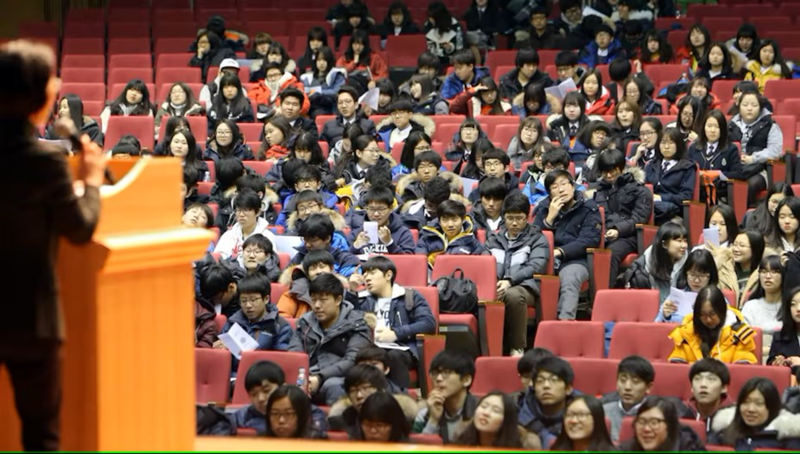
In addition, universities have reported difficulties in attracting international scholars by providing competitive salaries, upgrading laboratory apparatus, and modernizing facilities. These constraints have led to a brain outflow, as talented academicians have opted to pursue positions at institutions with greater funding or abroad. Students have responded by expressing their dissatisfaction with the outdated curriculum and the deteriorating campus conditions, which are not in accordance with global industry trends.
Tuition fees are anticipated to rise at 103 out of 190 four-year universities (54.2%), according to a recent report by the Korean Association of Private University Presidents. 94 out of 151 private institutions (62.3%) have also chosen to increase tuition, while nine out of 39 public universities (23.1%) are also doing so. For example, Yonsei University will raise undergraduate fees by nearly 5%, graduate fees by 5.2%, and international student fees by 6.5% after a 15-year moratorium. Other institutions, including Kyung Hee University (5.1%) and Korea University (5.0%), are approaching the legal tuition increase limit of 5.49% mandated by the Higher Education Act.

Despite the financial constraints that universities are currently experiencing, students have consistently voiced their opposition to tuition increases. 96% of the 3,800 respondents who participated in a survey conducted by the Yonsei University Student Council rejected the proposed increases. According to the survey conducted at Hongik University, 94.2% of the students were opposed to the increases, citing concerns that the quality of education would not necessarily improve as a result of the higher fees. Student leaders argue that universities should alter their financial models rather than placing the burden on students and their families. Furthermore, students have expressed their frustration with the university's financial management as a result of its lack of transparency. There are numerous individuals who argue that universities should prioritize the optimization of their current budgets and the reduction of unnecessary administrative expenses, rather than the increase in tuition. In recent years, student organizations have been advocating for heightened government intervention to provide higher education institutions with more substantial funding, as protests against tuition increases have intensified. In an effort to reduce tuition fees, certain organizations have also proposed alternative financing models, such as corporate partnerships and alumni donation programs.
In an effort to discourage universities from raising tuition, the South Korean government has offered financial incentives to those that maintain the moratorium. The Private University Restructuring Act would facilitate the conversion of financially distressed universities into social welfare organizations or non-profits, while the proposed Higher Education Finance Grant Act is designed to guarantee consistent funding for institutions that are grappling with financial challenges.
South Korea is not the sole nation that is grappling with a tuition crisis. In Japan, there has been a surge in discussions about tuition fee increases, particularly at the University of Tokyo, which has proposed an increase to maintain its competitive edge. National universities have been permitted to establish their tuition fees within ministerial guidelines as independent corporate entities since the 2004 reforms. However, the public and students have consistently voiced their opposition to any increase.
Critics of tuition increases in Japan argue that the escalation of fees will exacerbate inequalities and limit access to higher education, particularly for students from low-income backgrounds. Conversely, proponents contend that tuition increases are indispensable for enhancing institutional competitiveness and preserving the quality of education in the global academic environment. In response to an aging population and a declining student body, universities in Japan are also exploring innovative methods to secure funding, such as government-endorsed financial aid programs and strategic partnerships with international institutions.
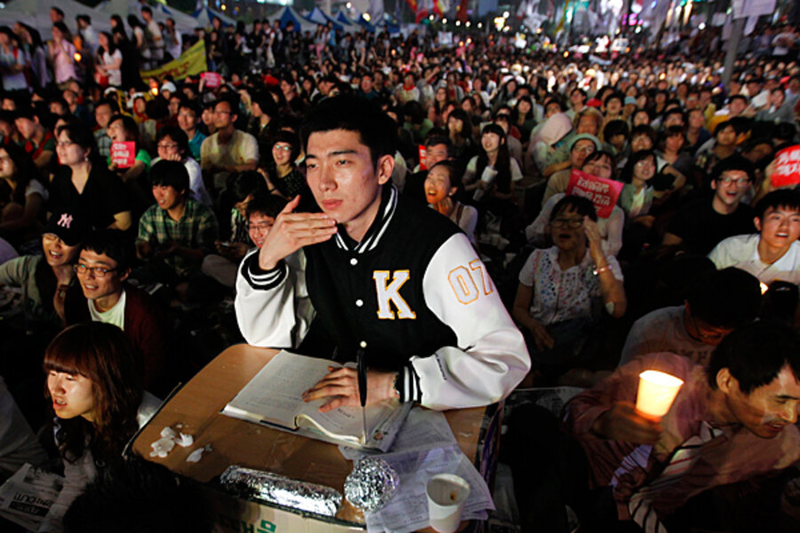
The financing of universities is further complicated by the current demographic crises in South Korea and Japan, which are characterized by declining birth rates and diminishing student populations. The enrollment shortage in South Korea has been a consequence of the fact that the number of pupils has surpassed the number of university spaces since 2020. Experts predict that South Korea will require approximately 40 universities of the current magnitude by 2038. This raises serious concerns about the criteria for determining which institutions should remain open and how they should be distinguished.
In both countries, tuition policies remain a contentious issue, and governments, universities, and students are still grappling with the challenge of maintaining financial sustainability while ensuring an accessible, high-quality education. In the absence of long-term financing reforms, the sustainability of higher education in South Korea and Japan is uncertain. To confront these obstacles, a multifaceted strategy will be required. This strategy will encompass policies that are intended to improve financial planning at the university level, increase public investment, and revitalize student enrollment in the context of demographic decline.



